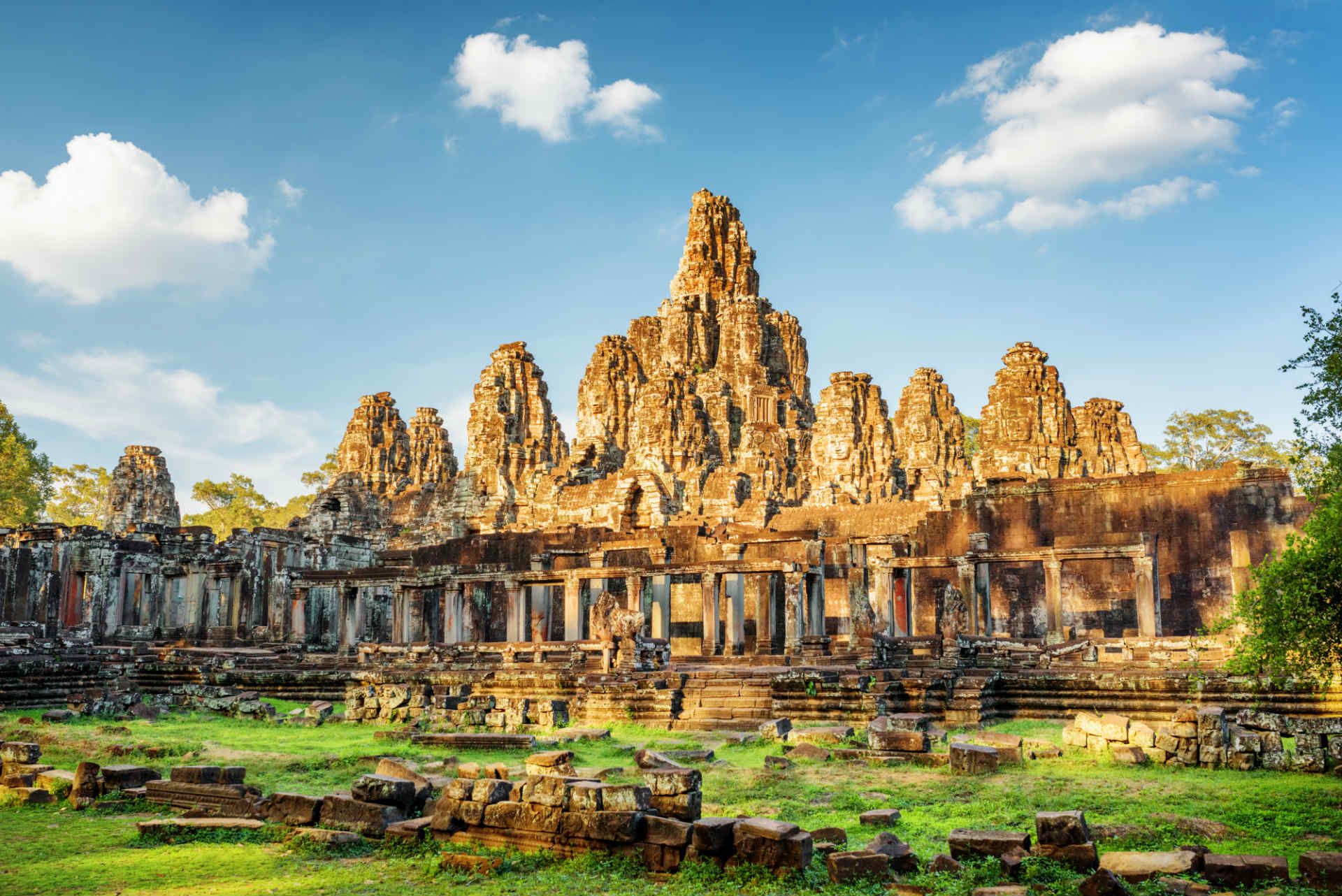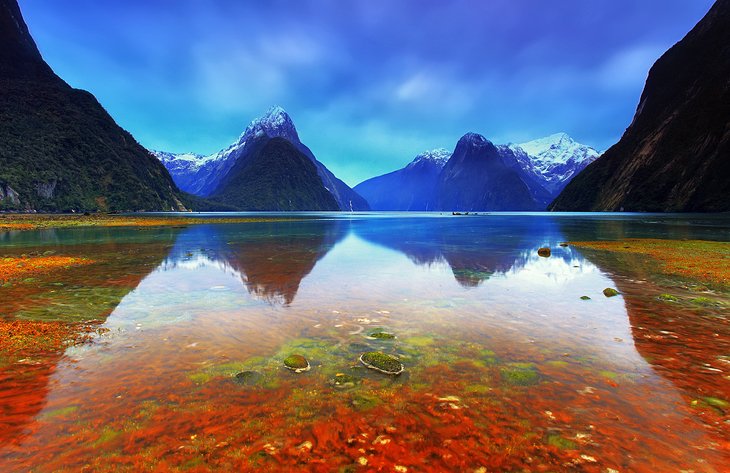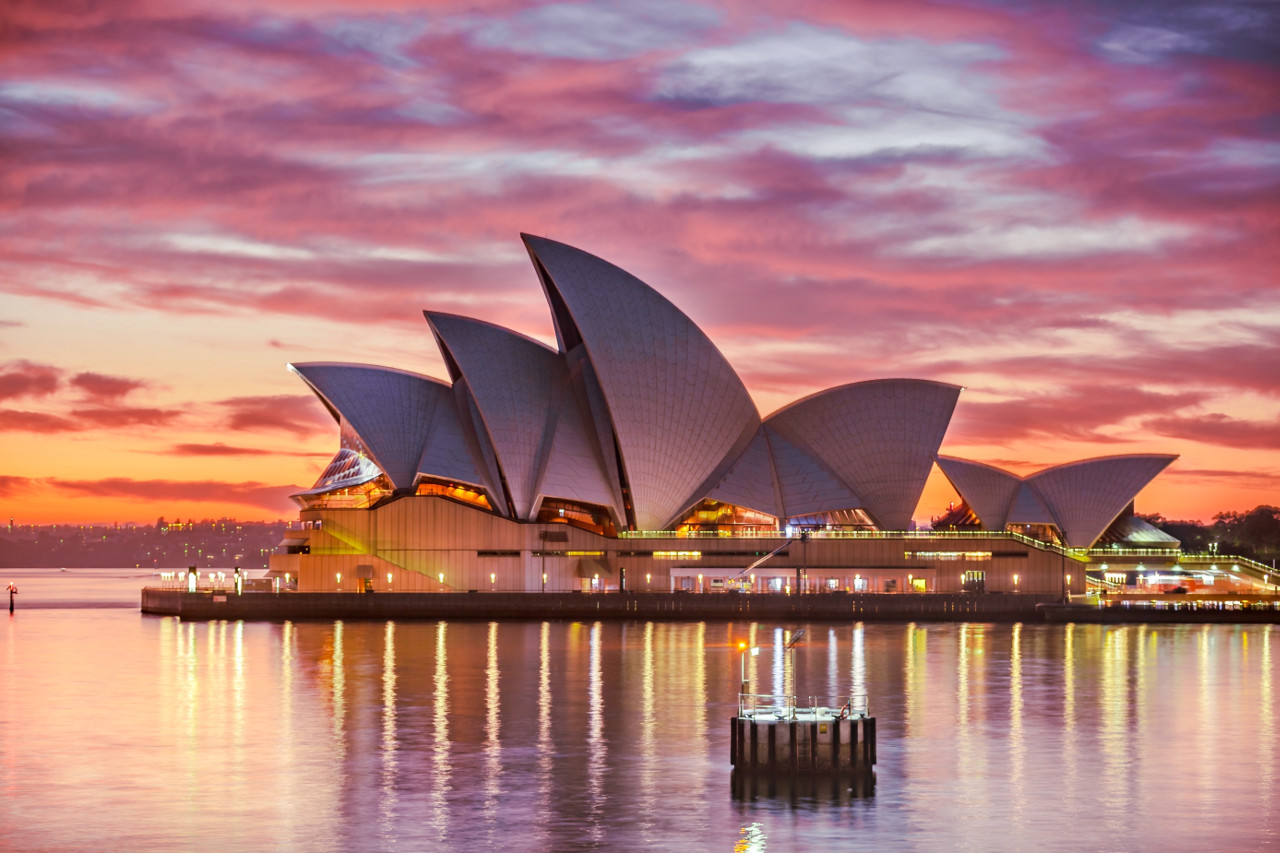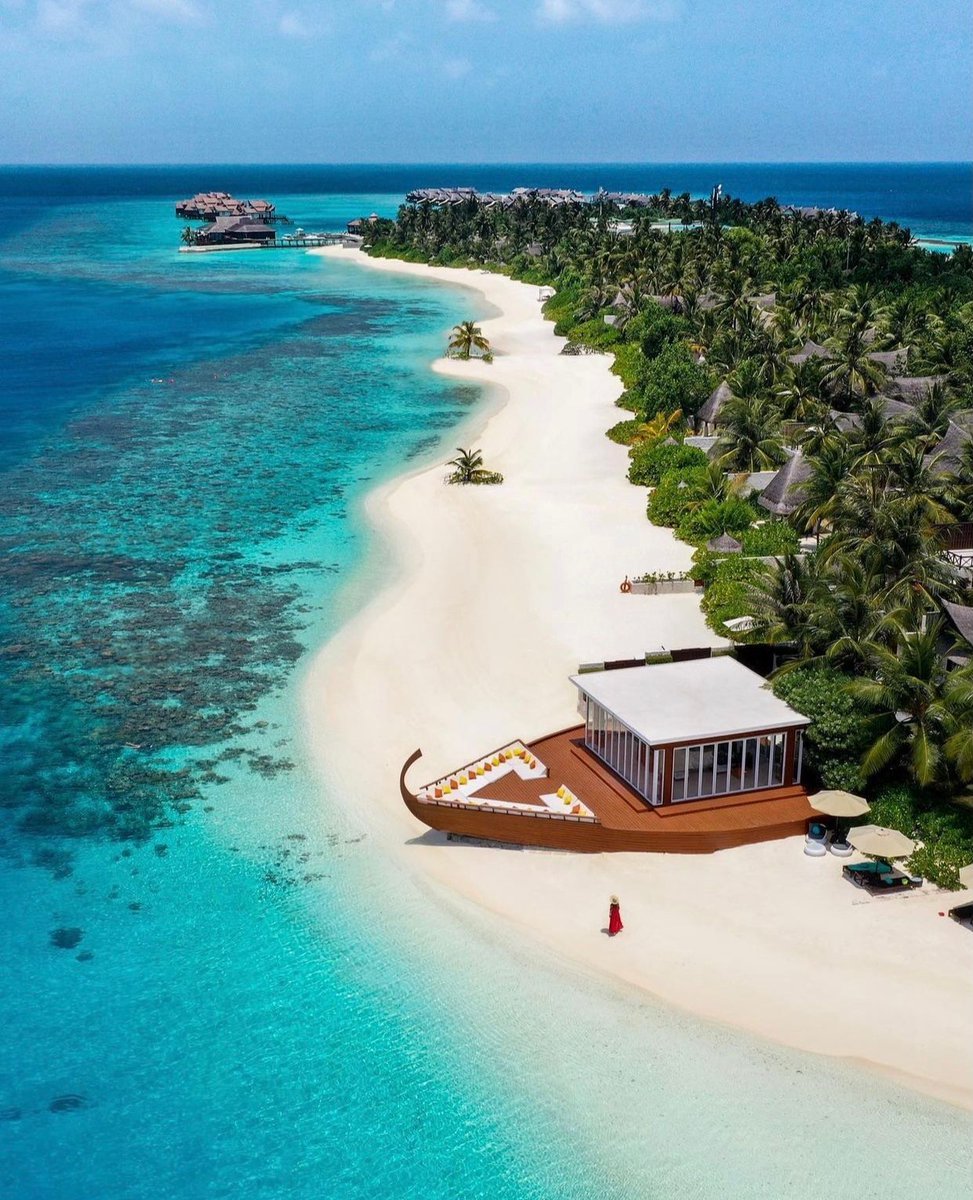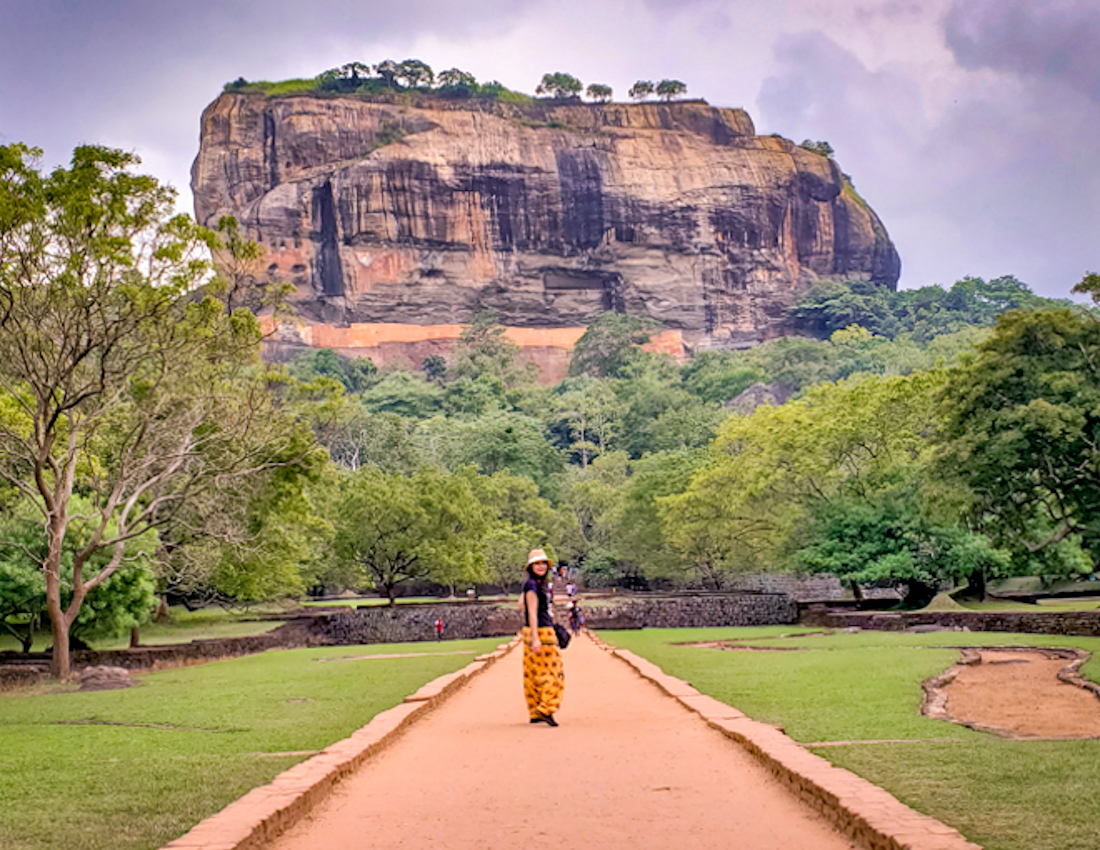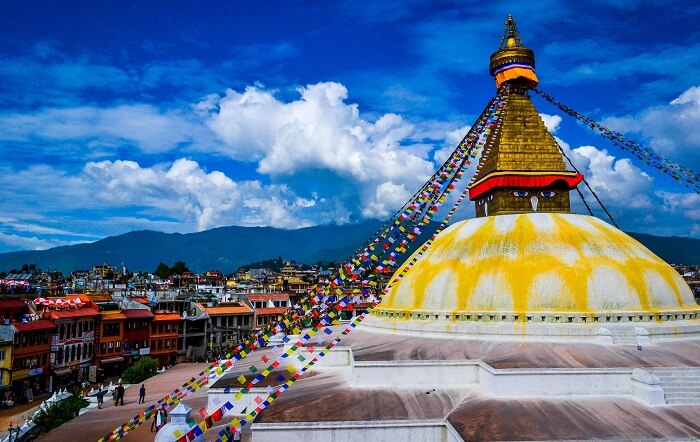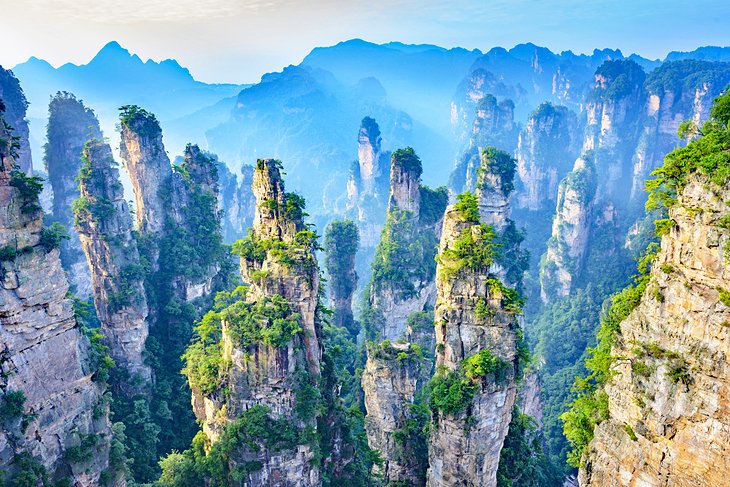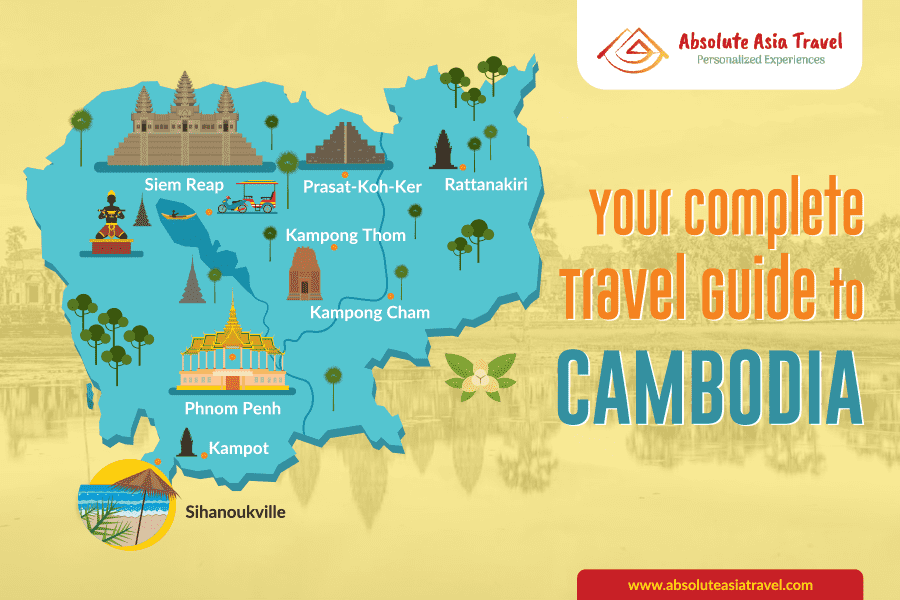
Cambodia, a land of ancient wonders, profound resilience, and vibrant culture, beckons travelers with its captivating allure. From the awe-inspiring temples of Angkor to the poignant reminders of its tumultuous past, this Southeast Asian gem offers an experience that is both deeply enriching and unforgettable. This comprehensive guide will equip you with everything you need to embark on a journey through this extraordinary country.
A Glimpse into Cambodia’s Storied Past
Understanding Cambodia’s history is crucial to appreciating its present. For centuries, the Khmer Empire dominated Southeast Asia, leaving behind an architectural legacy that continues to astound. The zenith of this empire was marked by the construction of the magnificent Angkor Wat and the sprawling city of Angkor Thom, testaments to their sophisticated civilization, advanced engineering, and profound spirituality.
Related Articles about Cambodia: A Jewel of Southeast Asia – Your Comprehensive Travel Guide:
- Iceland: A Land of Fire and Ice, Adventure and Serenity
- A Journey Through Time and Taste: Your Ultimate Travel Guide to France
- Japan: An Odyssey Through Timeless Traditions and Modern Wonders
- A Journey Through Time and Taste: Your Ultimate Guide to Italy
- Portugal: A Tapestry of Sun, Sea, and Centuries of Stories – Unveiling its Best Tourist Attractions
However, the 20th century brought immense tragedy. The brutal Khmer Rouge regime, led by Pol Pot, plunged Cambodia into a dark era from 1975 to 1979. Aiming for a radical agrarian utopia, the regime systematically eradicated its educated population, intellectuals, and anyone perceived as an enemy. Millions perished from starvation, overwork, and execution in the infamous "Killing Fields." This period of genocide has left deep scars on the nation, and while healing is ongoing, its impact is palpable in museums and memorial sites.
Despite this harrowing past, Cambodia has emerged with remarkable spirit. The country has embraced democracy and is actively rebuilding, its people radiating warmth and resilience. This duality – the grandeur of ancient empires and the enduring strength of its people – is what makes Cambodia so profoundly captivating.
Unveiling Cambodia’s Main Attractions
Cambodia’s treasures are diverse, catering to history buffs, nature lovers, and those seeking authentic cultural immersion.
1. Angkor Wat and the Angkor Archaeological Park (Siem Reap): No visit to Cambodia is complete without exploring the majestic Angkor Wat, the largest religious monument in the world. This iconic temple, with its intricate carvings, soaring towers, and serene moats, is a masterpiece of Khmer architecture. However, Angkor is more than just one temple. The vast Archaeological Park encompasses a breathtaking array of ancient structures:
- Angkor Thom: This former capital city is home to the enigmatic faces of the Bayon Temple, the Terrace of the Elephants, and the Terrace of the Leper King, each offering a unique glimpse into the Khmer Empire’s power and artistry.
- Ta Prohm: Famous for its atmospheric embrace by the jungle, with giant tree roots entwining the ancient stones, Ta Prohm offers a truly cinematic experience.
- Banteay Srei: Known as the "Citadel of the Women," this smaller temple is renowned for its exquisite and delicate pink sandstone carvings, considered some of the finest in Khmer art.
- Other Temples: Explore lesser-known but equally fascinating temples like Preah Khan, Neak Pean, and East Mebon, each with its own unique charm and historical significance.
2. Phnom Penh: The Capital City: Cambodia’s vibrant capital offers a blend of historical significance and modern energy.
- The Royal Palace and Silver Pagoda: A stunning complex showcasing traditional Khmer architecture, the Royal Palace is the official residence of the King of Cambodia. The Silver Pagoda, within its grounds, is adorned with thousands of silver tiles and houses precious Buddha images.
- The Tuol Sleng Genocide Museum (S-21): Once a secondary school, this chilling museum was transformed into a notorious prison by the Khmer Rouge. It serves as a powerful and essential reminder of the atrocities committed during that era.
- The Choeung Ek Genocidal Center (Killing Fields): A short drive from Phnom Penh, this serene field is the site of mass graves and a memorial stupa filled with the skulls of victims. It’s a deeply moving and sobering experience.
- National Museum of Cambodia: Housing an extensive collection of Khmer art and artifacts, this museum provides a deeper understanding of Cambodia’s rich artistic heritage.
- Wat Phnom: The city’s namesake temple, perched on a small hill, is a popular spot for locals to pray and find tranquility amidst the urban bustle.
3. Battambang: Rural Charm and Artistic Spirit: Often overlooked by the main tourist trail, Battambang offers a more authentic and laid-back Cambodian experience.
- Bamboo Train: A unique and fun way to experience the countryside, the bamboo train (Norry) is a simple platform powered by a motor, offering a bumpy but enjoyable ride through rice paddies and villages.
- Phare Ponleu Selpak: This Cambodian circus is more than just entertainment; it’s a social enterprise empowering underprivileged youth through arts education. Their captivating performances are a must-see.
- Bat Caves: Witness the mesmerizing spectacle of millions of bats emerging from caves at sunset, creating a breathtaking natural phenomenon.
- Colonial Architecture: Stroll through the charming town center and admire the well-preserved French colonial buildings.
4. The Coastal Region (Sihanoukville, Koh Rong, Koh Rong Samloem): For those seeking sun, sand, and relaxation, Cambodia’s coastline offers pristine beaches and idyllic islands.
- Sihanoukville: While undergoing significant development, Sihanoukville remains the gateway to the islands.
- Koh Rong and Koh Rong Samloem: These islands offer a tropical paradise with white-sand beaches, turquoise waters, and a relaxed atmosphere. Perfect for snorkeling, diving, or simply unwinding.
5. Kampot and Kep: Riverside Tranquility and Culinary Delights: These charming southern towns offer a slower pace of life and a taste of local flavors.
- Kampot: Known for its pepper plantations, Kampot River cruises, and the iconic Bokor National Park with its abandoned French hill station, offering panoramic views.
- Kep: Famous for its delicious crab market and the ruins of its former French colonial resort town, Kep offers a nostalgic charm.
Essential Travel Tips for Cambodia
To ensure a smooth and enjoyable trip, consider these practical tips:
- Visa Requirements: Most nationalities require a visa to enter Cambodia. You can obtain an e-visa online or a visa on arrival at major international airports and border crossings. Ensure your passport has at least six months of validity remaining.
- Currency: The official currency is the Cambodian Riel (KHR). However, the US Dollar (USD) is widely accepted and often preferred for larger transactions. It’s advisable to carry smaller USD bills for everyday purchases. ATMs are readily available in major cities.
- Language: The official language is Khmer. While English is spoken in tourist areas, learning a few basic Khmer phrases like "Sok Sabay" (hello) and "Orkun" (thank you) will be greatly appreciated.
- Respectful Dress: When visiting temples and religious sites, dress modestly. This means covering your shoulders and knees. It’s also important to remove your shoes before entering temples.
- Bargaining: Bargaining is common in markets and with tuk-tuk drivers. Be polite and respectful, and don’t be afraid to negotiate, but also be fair.
- Health and Safety: Consult your doctor about recommended vaccinations before your trip. Drink bottled water to avoid stomach issues. Be mindful of your belongings, especially in crowded areas.
- Scams: Be aware of common tourist scams, such as overly aggressive touts or inflated prices. Trust your instincts and don’t feel pressured into anything.
- Respect for the Past: When visiting genocide sites, maintain a somber and respectful demeanor. These are places of remembrance and healing.
The Best Time to Visit Cambodia
Cambodia experiences a tropical climate with two distinct seasons:
- Dry Season (November to April): This is generally considered the best time to visit. The weather is sunny and pleasant, with lower humidity.
- November to February: Cooler temperatures and less rain make this period ideal for exploring temples and outdoor activities.
- March to April: Temperatures begin to rise, with April being the hottest month.
- Wet Season (May to October): Characterized by heavy rainfall, often in short, intense bursts, this season can be a good option for budget travelers. The landscape is lush and green, and there are fewer tourists. However, some rural roads might become impassable, and boat travel can be affected.
Finding Your Perfect Stay: Nearby Hotels
Cambodia offers a wide range of accommodation options to suit every budget and preference.
Siem Reap:
- Luxury: Raffles Grand Hotel d’Angkor, Park Hyatt Siem Reap, Shinta Mani Angkor.
- Mid-Range: Sala Lodges, Victoria Angkor Resort & Spa, Golden Temple Hotel.
- Budget: Numerous guesthouses and hostels offer comfortable and affordable stays, especially around the Pub Street area.
Phnom Penh:
- Luxury: The Peninsula Phnom Penh, Sofitel Phnom Penh Phokeethra, Rosewood Phnom Penh.
- Mid-Range: La Rose Boutique Hotel, The Pavilion, G Residence.
- Budget: Plenty of guesthouses and hostels are available, particularly in the BKK1 and riverside areas.
Battambang:
- Mid-Range: Bambu Hotel, Maisons de la Plaine, Kanjana Boutique Hotel.
- Budget: Guesthouses and homestays offer a more local experience.
Coastal Areas (Koh Rong/Koh Rong Samloem):
- Bungalows and Beach Resorts: Options range from rustic beachfront bungalows to more comfortable resorts, often with limited electricity. Booking in advance is recommended, especially during peak season.
Savoring the Flavors of Cambodia: Local Food
Cambodian cuisine is a delightful blend of fresh ingredients, aromatic spices, and subtle flavors, often influenced by Thai, Vietnamese, and Chinese culinary traditions.
- Amok: The national dish, Amok is a fragrant fish curry steamed in banana leaves with coconut milk, kroeung (a fragrant paste of lemongrass, galangal, turmeric, and chilies), and herbs.
- Lok Lak: Stir-fried marinated beef served with a side of rice, lettuce, tomatoes, and a dipping sauce, often with a fried egg on top.
- Khmer Noodles (Kuy Teav): A hearty noodle soup, often served with pork or beef, vegetables, and various condiments.
- Fresh Spring Rolls (Nhoam Chay): Rice paper rolls filled with fresh herbs, vermicelli noodles, shrimp, and sometimes pork, served with a peanut dipping sauce.
- Grilled Seafood: Along the coast, fresh seafood grilled to perfection is a must-try.
- Nom Banh Chok: A popular breakfast dish, consisting of rice noodles served with a fish-based green curry broth and a variety of fresh vegetables and herbs.
- Sweets and Desserts: Look out for sticky rice with mango, coconut milk-based puddings, and various fruit-based desserts.
Don’t forget to try the local fruits like mangoes, papayas, and rambutan, and sample the Angkor Beer or local rice wines.
Navigating Cambodia: Transportation Options
Getting around Cambodia is an adventure in itself, offering diverse and often charming modes of transport.
- Air Travel: For longer distances, domestic flights connect major cities like Siem Reap, Phnom Penh, and Sihanoukville. This is the fastest but most expensive option.
- Buses: A popular and affordable way to travel between cities. Buses range from basic local services to more comfortable VIP options with air conditioning.
- Tuk-Tuks: The iconic mode of transport in cities, tuk-tuks are motorized rickshaws that are great for short distances and exploring within towns. Always agree on a price before starting your journey.
- Taxis and Ride-Sharing Apps: Taxis are available in larger cities, and ride-sharing apps like Grab are becoming increasingly popular, offering convenience and fixed pricing.
- Motorbike Taxis (Motodops): For solo travelers or short trips, motorbike taxis are a quick and efficient option. Negotiate the price beforehand and wear a helmet.
- Private Cars and Vans: For families, groups, or those seeking comfort and flexibility, hiring a private car or van with a driver is a great option.
- Boats: Ferries operate between Sihanoukville and the islands, and boat trips are a scenic way to explore rivers and lakes.
Embracing the Journey
Cambodia is a country that will capture your heart and ignite your spirit. From the echoes of ancient empires to the resilience of its people, it offers a journey of discovery, reflection, and unparalleled beauty. By preparing with this guide, you’ll be well-equipped to delve into the soul of Cambodia and create memories that will last a lifetime. So pack your bags, open your mind, and prepare to be enchanted by this captivating land of wonders.
